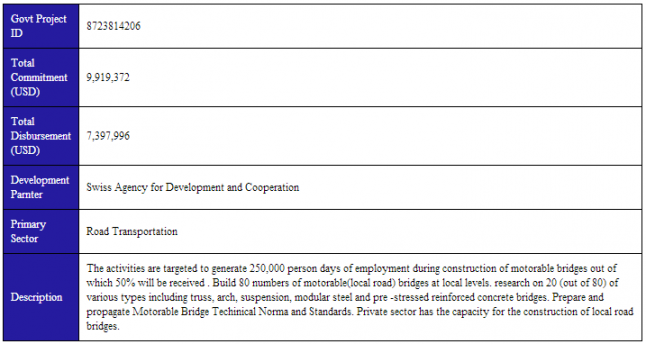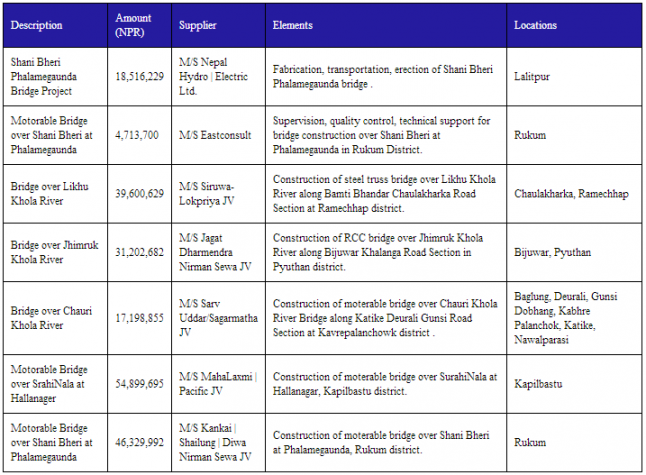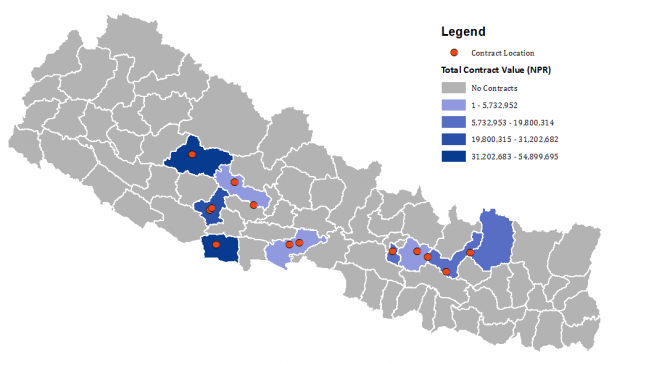In all countries, whether rich or poor, contracts are at the nexus of revenue generation, budget planning, resource management and the delivery of public goods. Open contractingrefers to norms and practices for increased disclosure and participation in public contracting at all stages of the contracting process.
There are very good reasons for making contracting, especially procurement processes, more open. Public posting of tender notices and "requests for proposals" helps support free and fair competitive bidding - increasing citizen trust while also improving the likelihood of securing the best possible supplier. Once procurement is finished, public posting of contract awards gives important assurance for citizens, development partners, and competing companies that procurement processes are open and fair. Increasingly, open contracting in procurement through portals like this one is becoming the norm for governments around the world. There is also a global initiative at work to establish a common standard for contracting data.
At the same time, there are many reasons why project-level data are useful for planners and decision makers outside of procurement considerations. Knowing where projects are taking place helps with policy, research, planning, and coordination. Efforts like the International Aid Transparency Initiative (IATI), for instance, push development partners to publish project-level data. What has seen little exploration, relatively speaking at least, is the potential for valuable overlap between these two silos of transparency.
Contract Data for Planners
With so much momentum behind open contracting, there is an untapped opportunity to leverage data from public contracting processes to provide operational insight into activities. Contracting data can help answer two of the most important questions in project-level aid transparency: (1) Where are projects taking place? (2) How much money is being invested at each location?
Take an example from Nepal. Consulting the government's aid management system yields some basic, but already useful, information about a particular transportation project. This type of information can be useful for anyone trying to assess patterns of transportation investment in the country or, for that matter, patterns of development partner financing.

This gives us some basic information about the project, but doesn't tell the whole story. However, by simply accessing contract data already being published for other purposes, we can gain much greater insight into the project.

These data, simple as they are, start to give specifics - they tell how much is being spent on different bridges, what kinds of bridges are being constructed, and who is doing the construction. Mashing these two simple tables together can also give us a picture of the overall allocation of project funding.

As part of the research project, each of these contracts was geocoded (along with hundreds more), allowing us to add geographic visualization to our analysis. By putting the contracts on a map we can start to see where various construction projects are taking place, and what the rough distribution of funding is to different parts of the country.

With these simple figures, constructed from publicly available contracting data, planners can get much more insight into project activities.
The Opportunity
Open contracting data have intrinsic value for transparency and accountability. However, they also have significant value for planners - even those who only care about getting greater insight into project activities. At the moment though, contracting data are too difficult to access. While contracting data are increasingly becoming available, they are often posted on stand-alone websites, in diverse data formats and without structured access. By standardizing around a core contracting data format and accessibility approach, we can unlock the potential to use contracting data at scale not only for transparency, but also as an effort-free addition to the arsenal of available data for project-level planning, coordination, and accountability. The utility could be even higher if combined with performance and results data.
When developing any public data standard, there are opportunities and risks. For open contracting data, there is a huge opportunity to make those data equally relevant for project planners as for those more purely interested in transparency and accountability. The pilot conducted by the Open Aid Partnership and AidData has explored this potential for overlap, yielding key insights that we hope can be used in the future development of an open and broadly relevant open contracting data standard.
